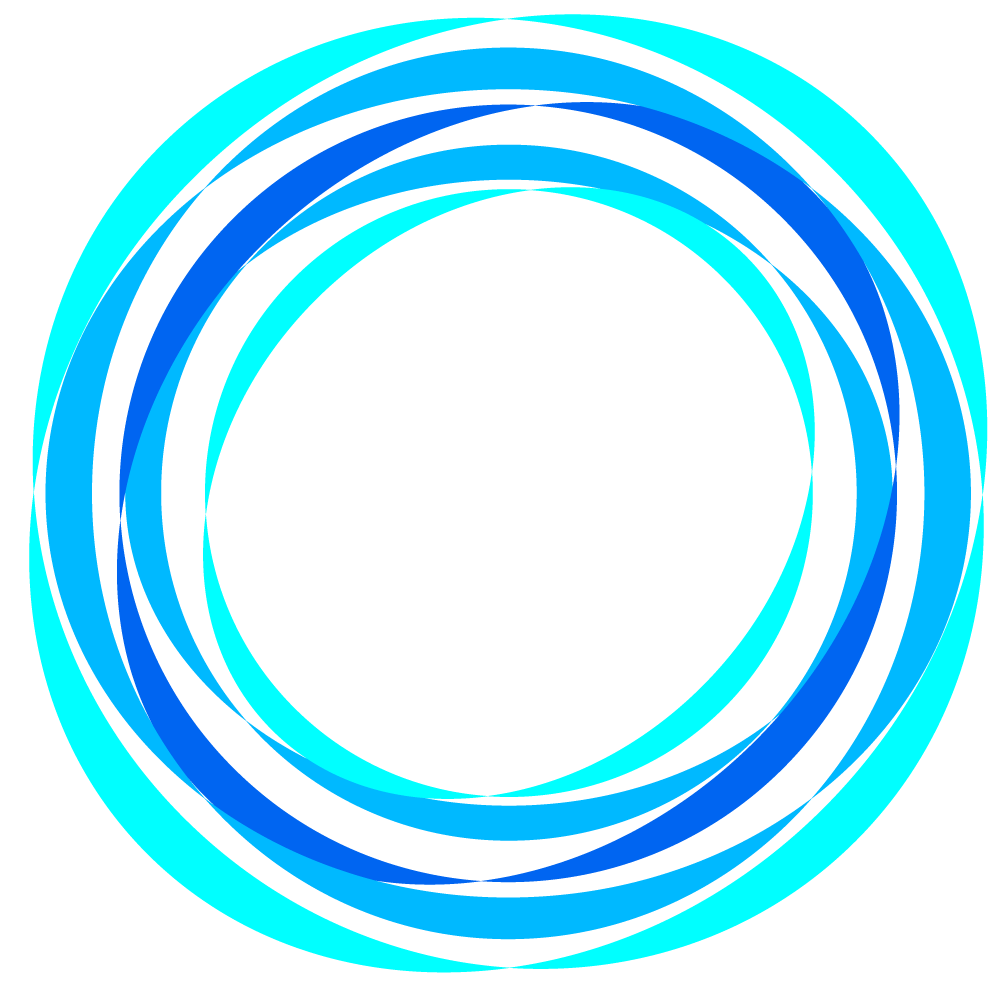As a charitable service-based non-profit organization (NPO) educating and connecting the High Performance Computing (HPC) user community to state of art technology for the purpose of optimizing business processes and workforce advancement. Our technology focus includes AI/Machine Learning, Data Science, Cloud Computing, and Visualization utilized in applications ranging from Energy, Life Sciences, Manufacturing and Engineering, Financial Services, Academia, and Government.
The Society of HPC Professionals past event
Lunch & Learn – August 2019
Physics of Memory and Learning – from the Perspective of Interacting Biomolecules
Held Thursday, Aug 22, 2019
Watch video:
[swpm_protected for=”2″ format_protected_msg=”1″]
Check back soon, undergoing editing
[/swpm_protected]
Abstract:
Calcium (Ca2+) signaling is a dynamic system where Ca2+ concentration fluctuates in range of 0.1-10μM with time. These short transient Ca2+ around the entry sites activate Ca2+-binding proteins such as calmodulin (CaM). The prototypical pathway describes CaM as encoding a Ca2+ signal by selectively activating downstream CaM-dependent proteins through molecular binding. However, CaM’s intrinsic Ca2+-binding properties alone appear insufficient to decode rapidly fluctuating Ca2+ signals. It has been proposed that the temporally varying mechanism for producing target selectivity requires CaM-target interactions that directly tune the Ca2+-binding properties of CaM through reciprocal interactions. In this presentation, I will focus on the binding mechanism of CaM and its target, which requires mutually and conformationally-induced changes in both participants Then, I will focus on two unique and distinct CaM binding targets, neurogranin (Ng) and CaM-dependent kinase II (CaMKII), which are abundant in postsynaptic neuronal cells and are biochemically known to tune CaM’s affinity for Ca2+ in opposite directions. My group has employed an integrative approach of quantum mechanical calculations, all-atomistic molecular dynamics, and coarse-grained molecular simulations to investigate the molecular mechanisms of CaM’s reciprocal interaction between target binding and Ca2+binding. The research of my group has been driven and tested in close collaboration with experimentalists.
I will also discuss about CaM binding and target selection in the context of evolution and in a crowded environment.
Speaker Bio:
Margaret S. Cheung
Department of Physics, University of Houston
Dr. Cheung is the Moores Professor of Physics at the University of Houston. She graduated from the National Taiwan University with a bachelor’s degree in chemistry and received her Ph.D. in physics from the University of California, San Diego. She carried out theoretical biological physics and bioinformatics research as a Sloan Postdoctoral Fellow at the University of Maryland and started her lab at the University of Houston in 2006. Dr. Cheung’s research focuses on protein folding inside a cell, calmodulin dependent calcium signaling, protein motors, actomyosin dynamics, and quantum efficiency in organic photovoltaics. She is particularly interested in developing multi-physics models that bridge the dynamics across wide temporal and spatial scales in subcellular biology and materials, and designing computational algorithms that integrate high-performance computing resources across heterogeneous systems. She is a fellow of the American Physical Society, a Senior Scientist at the Center for Theoretical Biological Physics and an Adjunct Professor of Bioengineering at Rice University.
Location:
The University of Houston Classroom and Business Building (CBB)
Room 522, 4742 Calhoun Rd.
